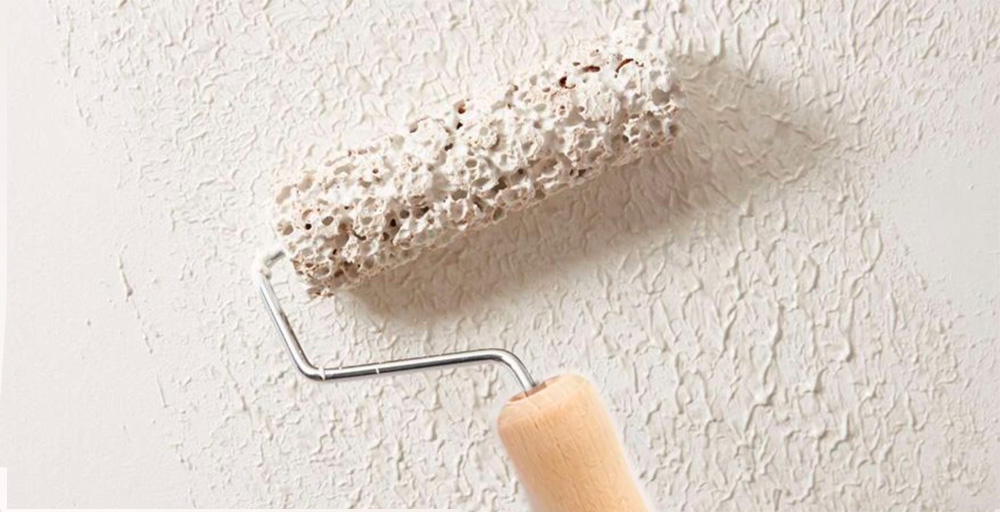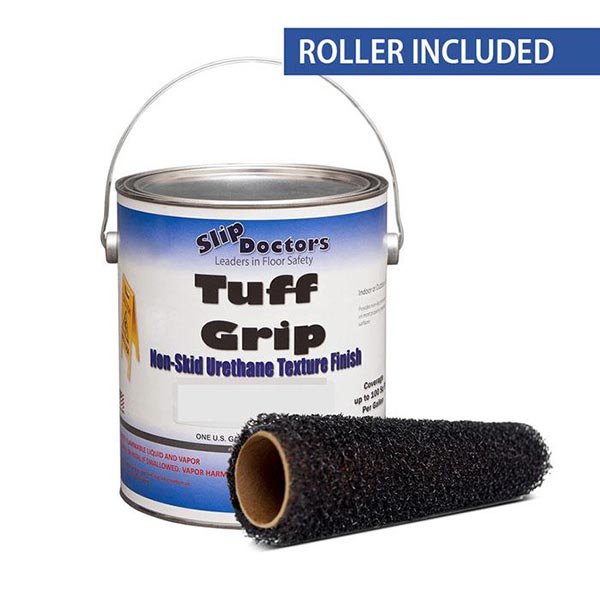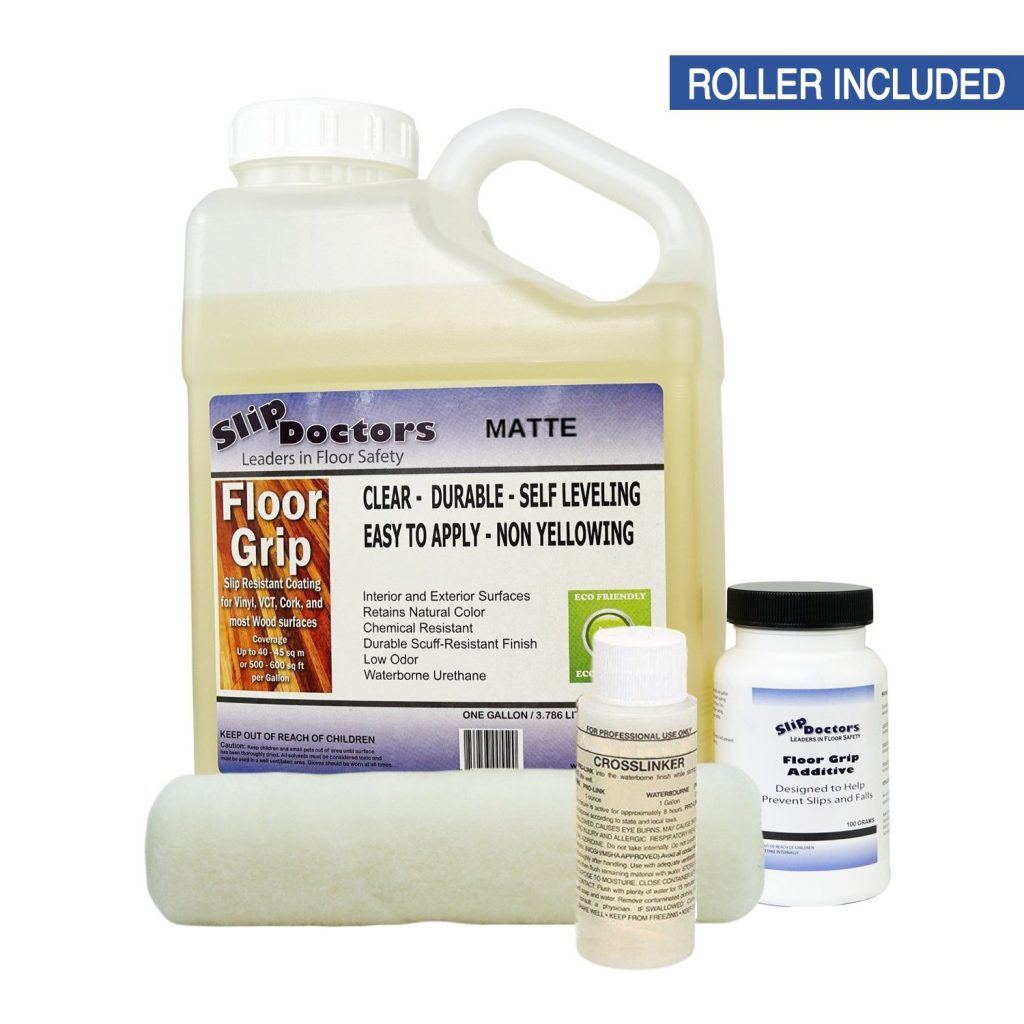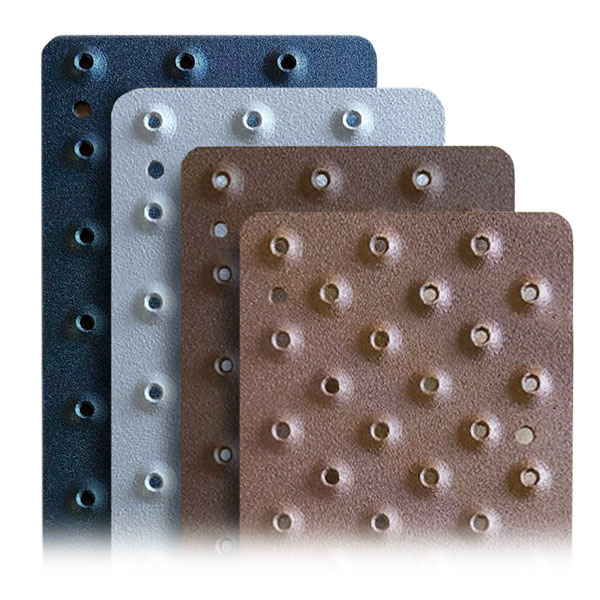

It’s October, which means it’s finally spooky season! It’s the time of year known best by pumpkin spice-flavored pastries and drinks, delightfully corny home decor depicting the monsters of folklore and cinema alike, and crisp breezes filtered by aromatic tree tops of red, yellow, and orange. A favorite season of many, sweatshirt weather is unfortunately accompanied by a danger far scarier than the monsters that greet trick-or-treaters on your doorstep: dead leaves and damp ground, set to cause a slip and force you to experience this season from the sidelines.
It’s no secret that some of the worst accidents occur around the home. According to the National Council on Aging, one in four seniors experience a medically significant fall each year, the majority of which occur in the home. This threat doesn’t just pertain to grandma and grandpa: the National Safety Council estimated that falls consist of 23% of fatal household accidents incurred by Americans of any age – quite the insidious alternate meaning for Autumn’s other name…
Fear not, citizen, for HandiTreads is on the case! In this blog post, we’ll delve into the variety of non-slip solutions to Stop-the-Slip no matter your surface. In particular, we will be looking at practical applications of grit paint, and when to use it over other options like grit tape or treads.
Before we dive into the specifics of grit paint, let’s acknowledge the dilemma we face: slippery surfaces can be hazardous, leading to slips, trips, falls, and other such tests of friction and gravity that result in injuries ranging from minor bruises to life-altering fractures, or worse. These accidents can happen to anyone, regardless of age or physical condition. Hence, it’s crucial to take proactive steps to ensure safety, so that you can enjoy autumn without the fall.
Grit paint, also known as anti-slip paint or non-slip paint, is a coating applied to various surfaces to provide traction and reduce the risk of slipping. It consists of a paint base mixed with small abrasive particles, usually made from materials like sand, aluminum oxide, or crushed walnut shells. When applied correctly, grit paint creates a textured surface that offers improved grip, making it a valuable tool in preventing slips and falls.




We offer four liquid-based non-slip solutions at HandiTreads. First is the epoxy-based Dura Grip, ideal for indoor and outdoor barefoot-friendly surfaces like metal boat decks, locker rooms, and garages alike, and available in seven colors. Then, there’s the urethane-based Tuff Grip, ideal for all indoor or outdoor areas but perhaps best utilized in business settings like warehouse floors and loading ramps, available in ten colors. Next is the clear acrylic-based Deck Grip, ideal for outdoor surfaces like porches and decks, and lastly there’s the clear urethane-based Floor Grip, ideal for a variety of indoor floor surfaces including wood and vinyl.
Now that we’ve introduced grit paint, the question arises: when should you choose this non-slip solution over others like grit tape or non-slip treads? Let’s explore some scenarios where grit paint shines:
Smooth Surfaces: Grit paint is an excellent choice for surfaces that are otherwise smooth and pose a high risk of slipping. This includes concrete floors and tiled areas, especially in high-traffic zones like entrances, staircases, or around swimming pools.
Grit paint can seamlessly blend into the existing look of your space. Unlike some other non-slip solutions that might appear bulky or obtrusive, such as aluminum nosing and prone-to-wear grit tape, grit paint maintains the visual appeal of your surfaces while enhancing safety.
Grit paint allows for customization in terms of color and texture. You can choose a color that matches your decor, and the level of coarseness can be adjusted depending on the desired degree of slip resistance. Depending on your desired quantity, you can even request custom anti-slip paint colors – just reach out to our non-slip professionals via our phone number or website and we’ll do what we can to help you out.
Applying grit paint is relatively straightforward and can be done by homeowners or professionals. It typically requires a fair amount of surface preparation to ensure the best adhesion and can be used in both indoor and outdoor settings. Just remember to follow applicable safety precautions, such as breathing masks and ventilation when using paint in indoor spaces.
When applied correctly and maintained, grit paint can provide long-lasting slip resistance. It can withstand the wear and tear of daily residential use and harsh weather conditions, making it a cost-effective choice in the long run, even with the fairly high up-front investment in time and money.
While grit paint is an excellent choice for many situations, there are instances where alternative non-slip solutions may be more appropriate:
If you need a non-slip solution for a short-term or temporary situation, such as an event or construction site, adhesive-backed grit tape might be a more practical choice. It can be applied quickly and removed without leaving a lasting mark.
For surfaces with a lot of joints, irregularities, or contours, non-slip treads or mats may provide better coverage and grip compared to grit paint, which might not adhere as effectively to uneven surfaces.</>
In commercial settings with heavy foot traffic, such as shopping malls or airports, non-slip tiles or treads designed specifically for industrial use may be more suitable due to their exceptional durability and performance. That being said, you’ll find grit paint used in public garage vestibules, concrete ramps and other areas where traction is important because of frequent bouts with water and snow. While reapplication every few years will be required, grit paint is an excellent choice for these concrete surfaces.
While grit paint can be applied to staircases, pre-made non-slip treads or stair nosings might offer better coverage and consistency, ensuring each step is safe and secure. Our selection of metal treads and stair nosing are made from durable aluminum that only needs to be installed once, and won’t need to be reapplied like grit tape or grit paint will after some time. So while grit paint comes with many perks, our aluminum treads are the gold standard for stopping the slip.

Our selection of metal treads and stair nosing are made from durable aluminum that only needs to be installed once, and won’t need to be reapplied like grit tape or grit paint will after some time. So while grit paint comes with many perks, our aluminum treads are the gold standard for stopping the slip.

In conclusion, the choice between grit paint and other non-slip solutions depends on various factors, including the type of surface, aesthetic preferences, and durability requirements. Grit paint is a versatile option that excels in many situations, especially when you want to maintain the visual appeal of your space while adding a layer of safety.
This October, as you embrace the joys of spooky season and cozy fall vibes, take a moment to assess the slip hazards in your home or business. Whether you opt for grit paint, tape, treads, or other non-slip solutions, remember that safety should always be a top priority. After all, preventing slips and falls is a surefire way to keep the real monsters at bay and ensure everyone enjoys a delightful and injury-free autumn. That way, when winter beckons the annual menace of black ice and melting snow, you’ll be prepared. So, take action today and make your surfaces safer for all seasons!